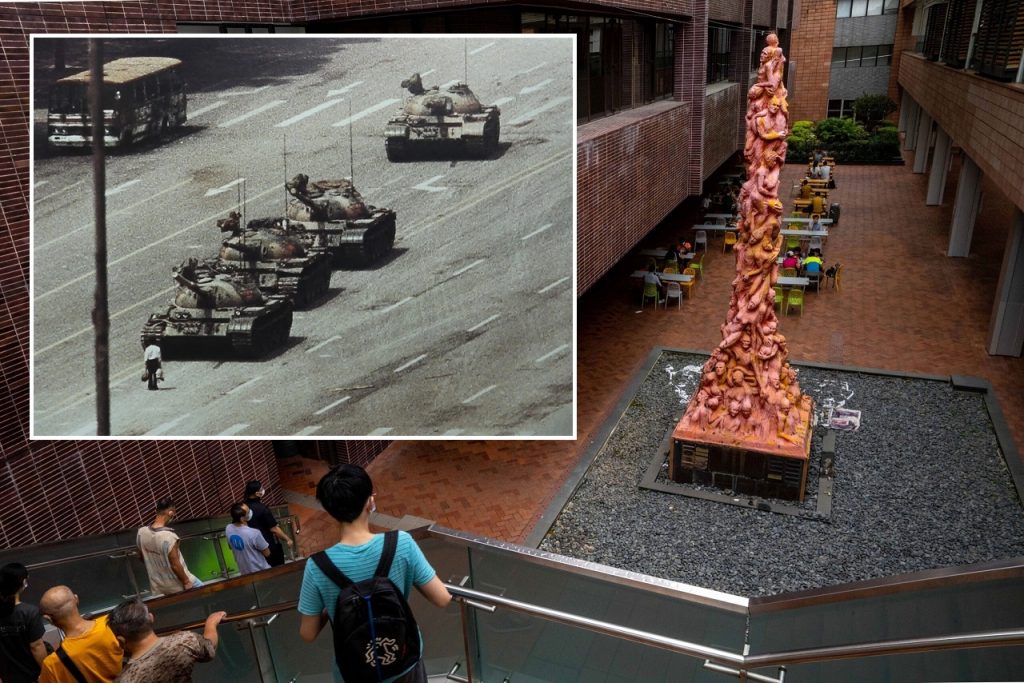
The towering “Pillar of Shame” at the University of Hong Kong was dismantled and removed in the dead of night. The 26-foot sculpture remembered the victims of China’s 1989 crackdown on pro-democracy protests at Beijing’s Tiananmen Square. Its removal is testament to the Communist Party’s efforts to erase the bloody events at Tiananmen from the public consciousness.
The removal of the “Pillar Of Shame” is a testimony to CCP’s attempts to snuff out any democracy left in Hong Kong. The pillar is a work of art by Danish sculptor Jens Galschioet depicting a mass of torn and twisted bodies in a tall pile. The bodies symbolise the devaluation of the individual, and the sculpture expresses the pain and despair of what happened.
It was erected in Hong Kong in 1997 during an annual candlelight vigil to commemorate the event. The text at the base of the sculpture reads, “The old cannot kill the young” in English and Chinese. Later, the Pillar of Shame was exhibited at several universities in the city before being placed at the University of Hong Kong.
China’s Communist Party has worked hard to scrub the June 4, 1989, Tiananmen crackdown from history on the mainland. Authorities don’t allow any memorial and even whisk dissidents so they can’t organise any commemoration around the anniversary.
Hong Kong authorities have also banned the annual candlelight vigil for the Tiananmen massacre for the last two years.
The 1989 Student massacre
The Tiananmen Square protests in China, were student-led demonstrations held in Tiananmen Square, Beijing during 1989. The protests were precipitated by the death of pro-reform Chinese Communist Party (CCP) general secretary Hu Yaobang in April 1989 amid the backdrop of rapid economic development and social change in post-Mao China, reflecting anxieties among the people and political elite about the country’s future.
The protests started on 15 April and were forcibly suppressed on 4 June when the government declared martial law and sent the People’s Liberation Army to occupy parts of central Beijing. Troops armed with assault rifles and accompanied by tanks fired at the demonstrators and those trying to block the military’s advance into Tiananmen Square. Estimates of the death toll vary from several hundred to several thousand, with thousands more wounded.
The popular national movement inspired by the Beijing protests is sometimes called the ’89 Democracy Movement or the Tiananmen Square Incident.
